
[ad_1]

Ports are crucial to the expansion and development of the world economy. They are a source of economic growth as they facilitate commerce and help supply chains.
Ports are high-capital infrastructures that have a wide range of economic implications. Seaborne trade has grown significantly, thanks in part to significant redistribution of production to low-cost locations (outsourcing) and in part to continued economic development.
It should be no surprise to know that majority of the world’s cities are port cities, even though port operation now plays a relatively minor role in their regions’ overall economic structure.
But we can never discredit the role of ports in facilitating trade and commerce. Ports, through seafarer connections and links, have helped in the mass migration of people.
It, in return, has helped in the setting up of new socio-economic and cultural ecosystems.
In this article, we look at the major ports in Belgium. It has four seaports and a series of inland ports scattered all over.
In 2016, direct value-added in Belgian ports remained more or less constant at around € 18 000 million (current prices), or roughly 4.3% of Belgium’s GDP, thanks to solid growth. At €15 000 million, indirect value-added accounts for about 82% of direct value added (3.5% of Belgian GDP).
The value-added of inland ports increased slightly from around € 1831 million in 2015 to around € 1891 million in 2016. In the Flemish seaports, direct jobs increased marginally from 102 895 FTE in 2015 to 103 332 FTE in 2016. In 2016, it stood as 4.3% of total jobs in the Flemish region.
Direct jobs in Belgian ports were more or less stable in 2016, at about 115 000 FTE, or around 2.8% of Belgium’s total domestic employment, after declining since 2012. Direct jobs increased in the Flemish seaports, primarily in Zeebrugge, Ghent, and Antwerp’s ports.
Major Ports Of Belgium
Let us look at the eight main ports in Belgium.
Port of Antwerp
Antwerp, located on the Scheldt River, is Europe’s second-largest port after Rotterdam. The Port of Antwerp (BEANR) is Belgium’s primary gateway to Europe, situated 80 kilometres southeast of the North Sea.
Antwerp’s port employs over 60,000 people through its various locations, making it one of Belgium’s most prominent economic pillars.
Antwerp, which the Antwerp Port Authority operates, can handle even the largest mega-ships. It can manage and store a wide range of goods, including loading and unloading, transportation, repackaging, and distribution, and it has excellent hinterland connectivity.
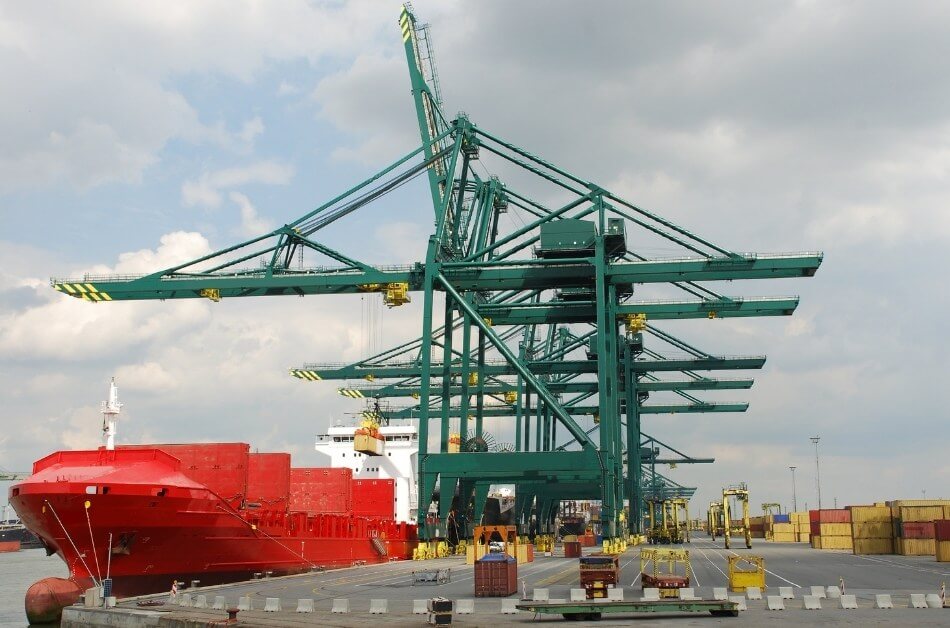
The total goods volume handled by Antwerp port in 2016 was 214.2 million tonnes, a new high. In comparison to 2015, traffic increased by 2.8%.
Every year, Antwerp’s port sees many large and small investment projects aimed at sustaining, modernizing, and improving existing infrastructure. Between 2015 and 2016, (direct) jobs increased by 0.2% from 60 732 ft to 60 849 ft.
In a busy and complex port area, the Port of Antwerp has been the first seaport to implement air traffic management. They are the first non-aviation authority to achieve complete geo zone management status.
Port of Ghent
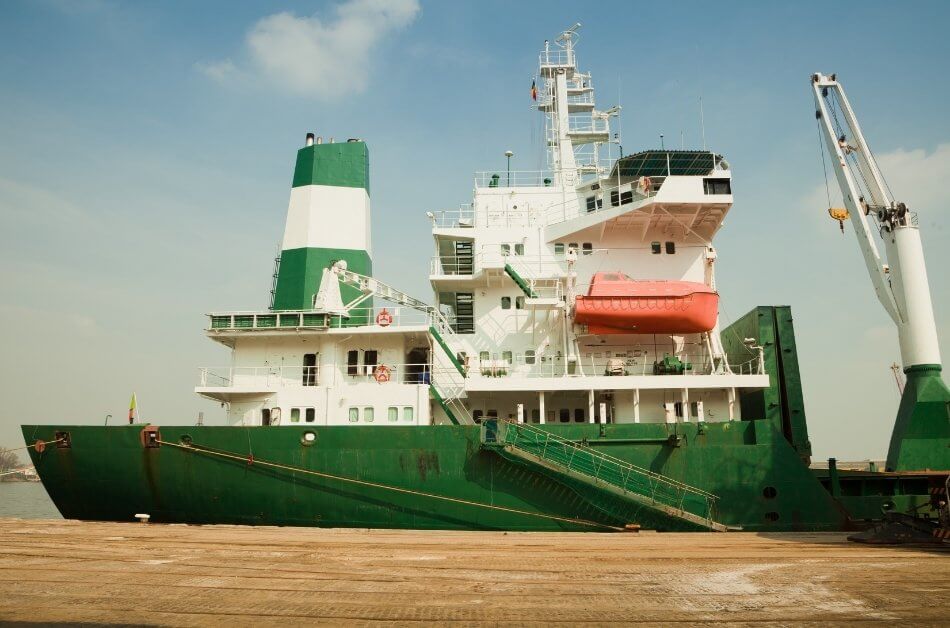
The Port of Ghent, located in Ghent, East Flanders, in the Flemish Region, is Belgium’s third busiest seaport. Ghent’s first port was on the Scheldt Canal, which shifted to the Leie River.
With 17.7 million tonnes of dry bulk, Ghent is the most active Flemish port. It primarily affects iron ore, coal, cereals, building materials, and crude minerals deliveries. Between 2015 and 2016, jobs increased by 0.5%, from 27 841 to 27 983 ft.
The Ghent port is accessible to Panamax-size ships, and a new lock at Terneuzen was announced in February 2015, which will preserve near-closeness with the Panama Canal expansion project’s locks.
Port of Zeebrugge
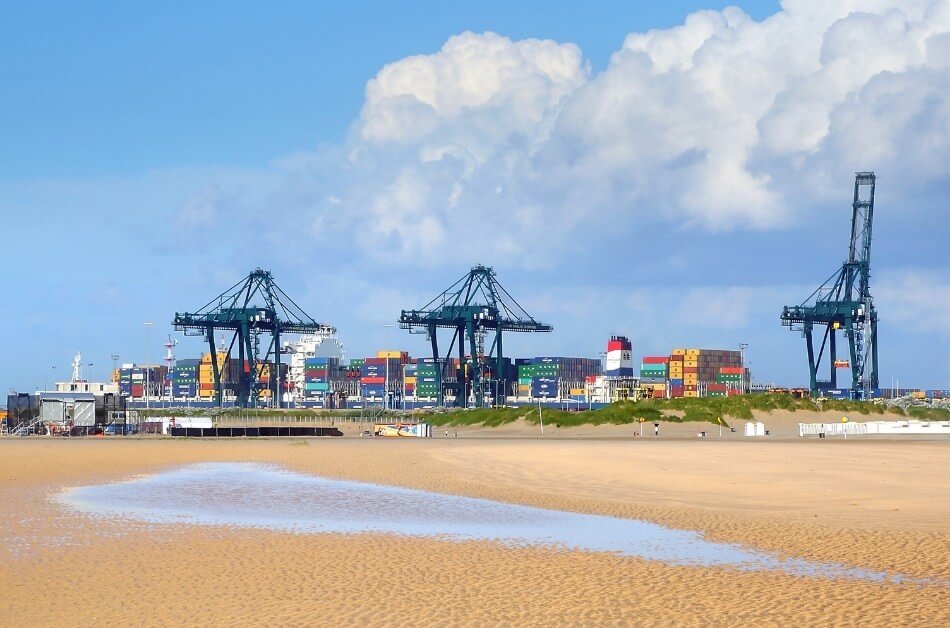
The city of Bruges includes the port of Zeebrugge. The city’s rich past intertwines with its link to the sea. The port, located in the municipality of Bruges in West Flanders in Belgium’s Flemish Region, handles 50+ million tonnes of cargo annually.
2010 is a temporary record year for Zeebrugge, with a freight flow of 49.6 million tonnes. Total transhipment at the port of Zeebrugge was 37.8 million tonnes in 2016, down 1.3% from 2015.
The number of full-time equivalents rose by 3.1% between 2015 and 2016, from 9 301 to 9 589. Zeebrugge’s port is owned by the MBZ (Maatschappij van de Brugse Zeehaven- ‘Business of the Bruges Seaport’), an independent public-law company with the city of Bruges as the majority shareholder.
Port of Ostend
The Port of Ostend exists in the Belgian province of West Flanders, in the Flemish Region. The Port of Oostende is a flexible short seaport located in Europe’s busiest maritime area, serving all coastal maritime traffic forms.
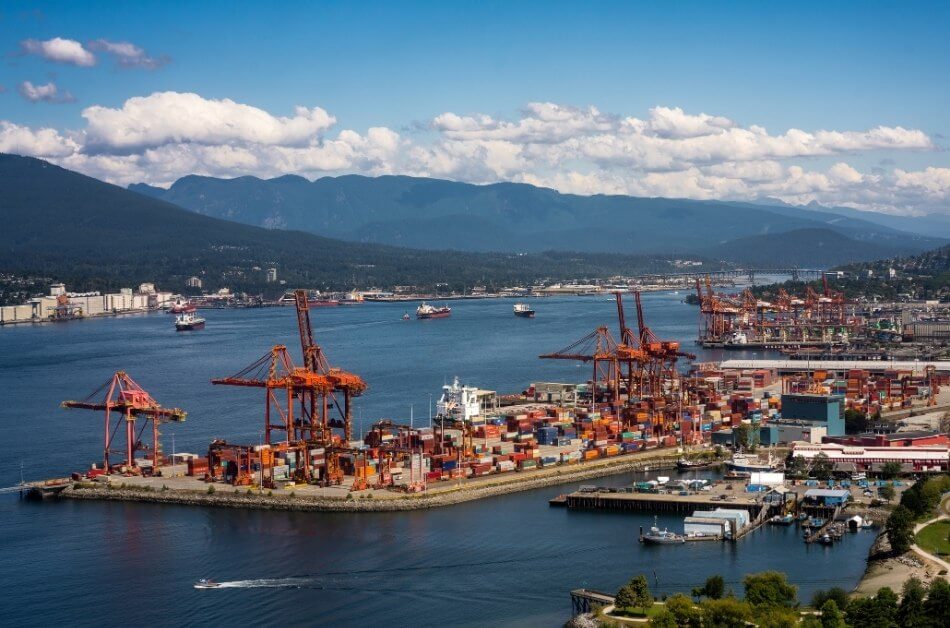
It is a cornerstone of the rapidly growing offshore industry. As a result, the port serves as a base for North Sea offshore wind farms’ development and maintenance.
The Port of Ostend, equipped with cutting-edge technology, is critical for developing, transportation, and maintaining offshore windmills.
The port also specializes in various products, including construction materials, gravel and sand, silos and machines, and gas, to name a few. However, between 2015 and 2016, employment declined from 5 021 to 4 912 ft, a fall of -2.2%.
Port of Brussels
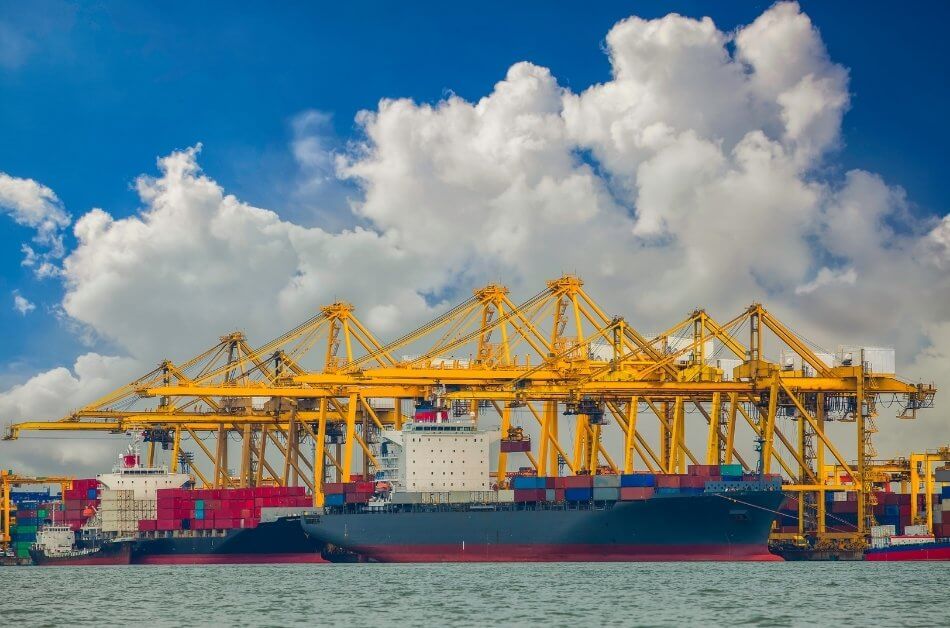
Brussels is Belgium’s second-largest inland port, with a strategic position in the heart of Europe. It can accommodate ships weighing up to 4,500 tonnes and convoys weighing up to 9,000 tonnes.
The Port of Brussels aims to promote water transportation (the most environmentally sustainable transportation mode), job creation, global warming mitigation, and better urban distribution.
More than 24 million tonnes of goods are exchanged annually in the port, the majority by rail and road, and over 6.6 million tonnes by waterway transit (2016).
Port of Liege

Liege is the third largest inland port in Europe, succeeding Duisburg and Paris. It is located in the Province of Liege in Wallonia at the Meuse river.
The Liège Port Authority had a good year in 2015, producing highly positive results and reinforcing the importance of its strategic options and successful reconversion.
Between 2015 and 2016, the amount of waterborne traffic handled in the Liege port complex increased by 5.9%. Between 2015 and 2016, the number of full-time equivalents fell by 3.3%, from 8 014 to 7 753.
Port of Genk
As an inland port and container terminal, Haven Genk provides a full range of facilities required of a port operator, including a tri-modal platform (water, rail, and road) capable of handling and transporting containers, traditional freight, and bulk.

Haven Genk also has its rail terminal linked to the Belgian Railways network. Haven Genk is where container shuttle trains, swap bodies, trucks, and ad hoc expeditions of standard railcars are handled.
Haven Genk is responsible for not only loading and unloading trains and railcars but also train formation.
Port of Namur
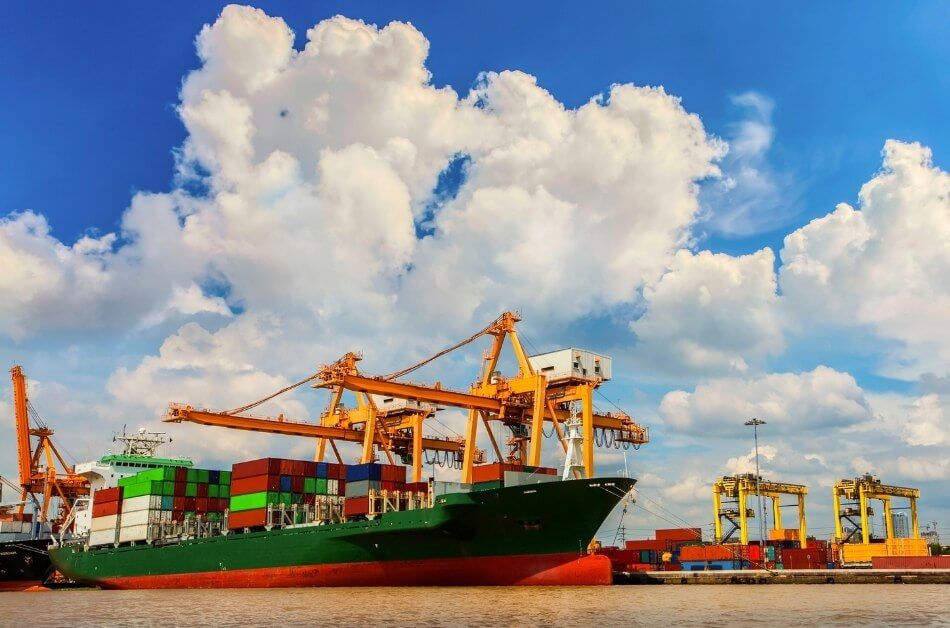
The Port is not what you would expect when you hear its name; it is situated on the Rivers Meuse and Sambre in the south of Belgium, far from the usual seaside expanse. It is comparatively a tiny port in Belgium.
Ports are essential for sustainable economic activities in the hinterland because they serve as a vital link between sea and land transportation.
Ports serve not only an economic but also a social role as work providers. However, since cargo is loaded and unloaded manually, it is difficult to determine the impact of shifts in the number of goods handled on local jobs or demand for port services.
Port facilities and operations may have visual and noise effects on the areas where they are located and pollute the environment.
As a result, port expansion and regulation must take other coastal roles into account to prevent conflict, conserve tourism, and protect biodiversity and natural values.
You might also like to read:
- 10 Major Ports in France
- 10 Major Ports In Germany
- 10 Major Ports In Brazil
- 10 Major Ports In India
- 10 Major Ports In China
Disclaimer: The authors’ views expressed in this article do not necessarily reflect the views of Marine Insight. Data and charts, if used, in the article have been sourced from available information and have not been authenticated by any statutory authority. The author and Marine Insight do not claim it to be accurate nor accept any responsibility for the same. The views constitute only the opinions and do not constitute any guidelines or recommendations on any course of action to be followed by the reader.
[ad_2]
This article has been posted as is from Source